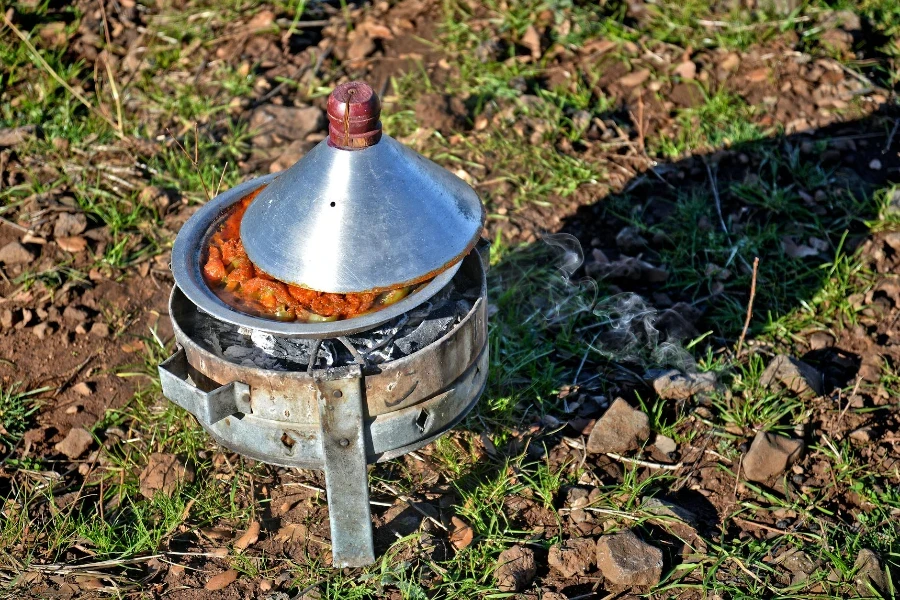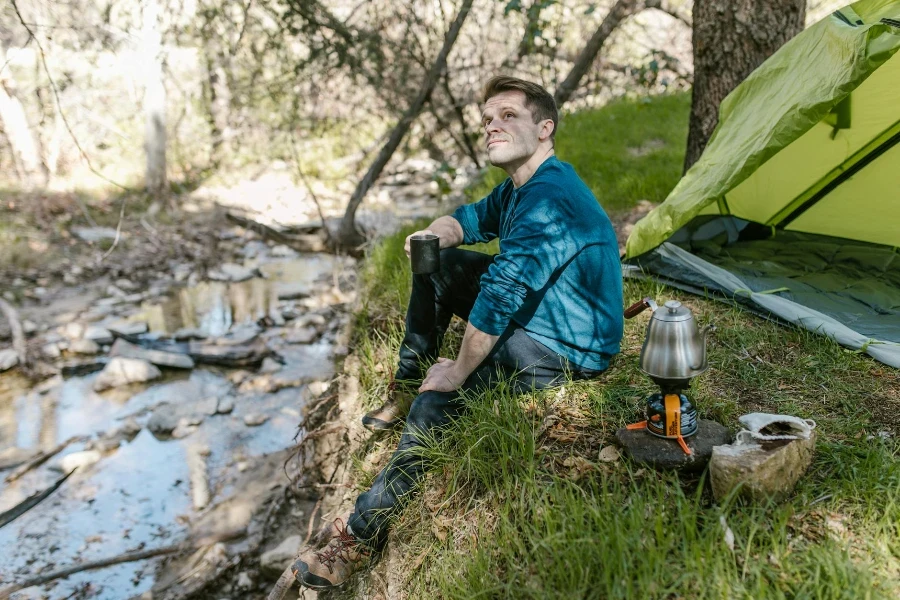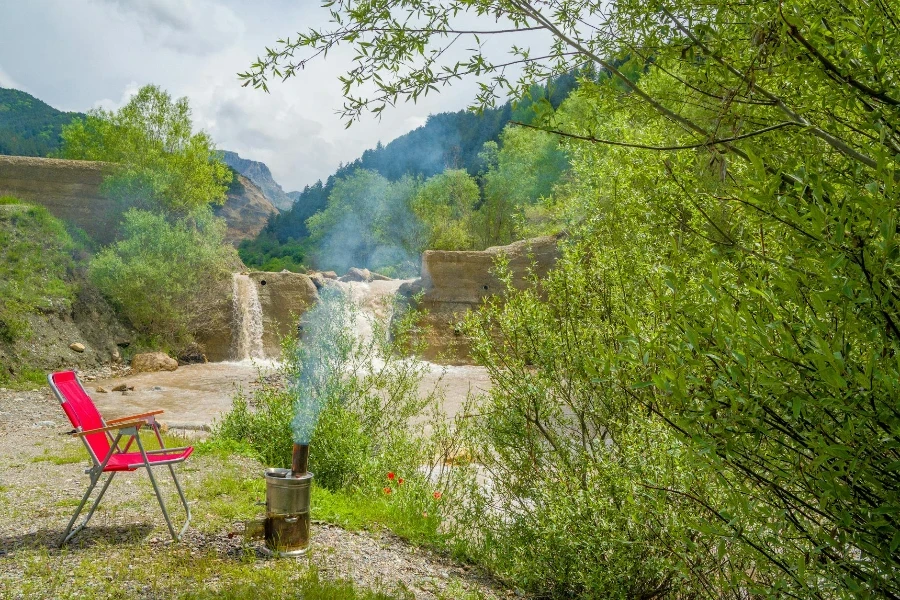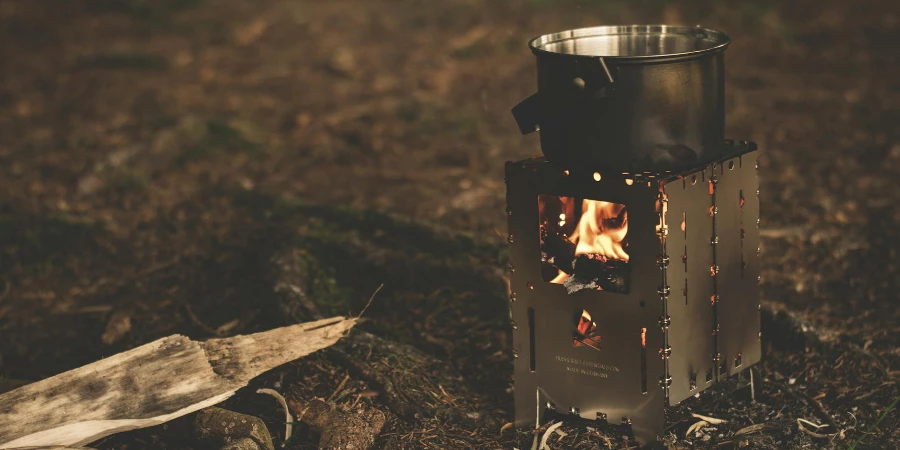Embarking on an outdoor adventure requires not just courage and enthusiasm but also the right gear. Among the essentials, a camping stove stands out as a pivotal tool for any camper. This guide delves into the intricacies of choosing a camping stove, focusing on the features that truly matter. Whether you’re a seasoned explorer or planning your first getaway, understanding the nuances of camping stoves can enhance your outdoor experience, making it both enjoyable and sustainable.
Table of Contents:
– Understanding fuel types and efficiency
– Assessing stove weight and portability
– Evaluating cooking performance
– Considering ease of use and maintenance
– Environmental impact and sustainability
Understanding fuel types and efficiency

When it comes to camping stoves, the type of fuel they use is a critical factor that affects not only the environment but also the efficiency of your cooking. There are several fuel options available, including propane, butane, and liquid fuels. Each has its advantages and limitations, depending on the conditions of your camping site and the duration of your trip. Propane, for instance, is known for its convenience and ease of use, making it a popular choice for weekend campers.
However, for those venturing into colder climates, liquid fuels might be more reliable as they perform better in low temperatures. The efficiency of a stove is measured by how quickly it can boil water and how long a single fuel canister lasts. These factors play a significant role in planning your meals and ensuring you have sufficient fuel for the duration of your trip.
Assessing stove weight and portability

For backpackers and those who prioritize minimalism on their journeys, the weight and portability of a camping stove are paramount. The market offers a range of options from ultra-lightweight, compact stoves ideal for solo travelers, to larger, more robust models designed for group camping. The choice largely depends on your specific needs, including the size of your group and the nature of your meals.
While a lightweight stove is easier to carry and set up, it might not provide the same cooking power or stability as a heavier model. Balancing these aspects is key to finding a stove that won’t weigh you down but still meets your culinary needs in the wilderness.
Evaluating cooking performance

Cooking performance is a broad term that encompasses several factors, including the stove’s power output, stability, and flame control. A stove with a high power output (measured in BTUs – British Thermal Units) can boil water faster and cook meals more quickly, which is especially beneficial in cold weather or at high altitudes where cooking times can be prolonged.
However, power isn’t everything. The ability to control the flame, allowing for simmering or slow cooking, is equally important for those who wish to prepare a variety of meals. Stability is another crucial aspect, as it ensures safety and prevents accidents in your outdoor kitchen.
Considering ease of use and maintenance

A camping stove should not only perform well but also be user-friendly and easy to maintain. This includes simple setup and ignition processes, straightforward cleaning, and minimal maintenance requirements. Some stoves come with integrated ignition systems, eliminating the need for matches or lighters, which can be a significant convenience in windy or wet conditions.
Ease of maintenance ensures that your stove remains in good working order for many trips to come. This involves regular cleaning, proper storage, and occasional checks of connections and fuel lines to prevent leaks or blockages.
Environmental impact and sustainability

In recent years, the environmental impact of camping stoves has become a hot topic among outdoor enthusiasts. Choosing a stove with low emissions and high fuel efficiency can mitigate your ecological footprint. Additionally, some stoves are designed to use renewable fuels, such as alcohol or biomass, which can be a more sustainable option for environmentally conscious campers.
Understanding the impact of your outdoor activities encourages responsible camping practices, ensuring that the natural beauty of our wilderness remains intact for future generations to explore.
Conclusion:
Selecting the right camping stove is a nuanced decision that requires careful consideration of several factors, including fuel type, weight, cooking performance, ease of use, and environmental impact. By prioritizing your needs and values, you can choose a stove that not only enhances your camping experience but also aligns with your commitment to sustainability. Remember, the right stove is not just about cooking; it’s about fostering memorable moments in the great outdoors.




